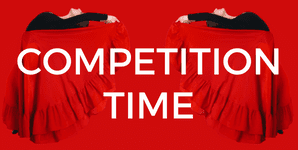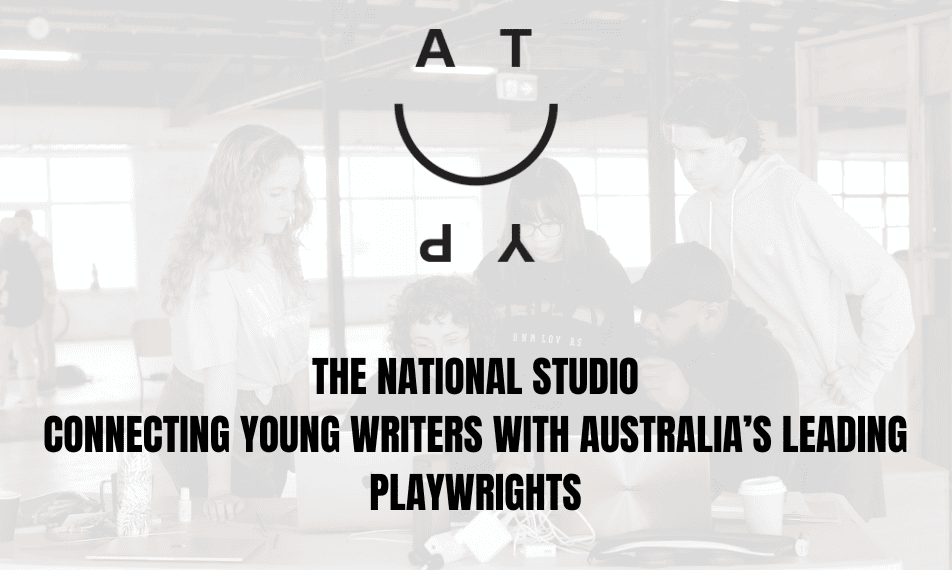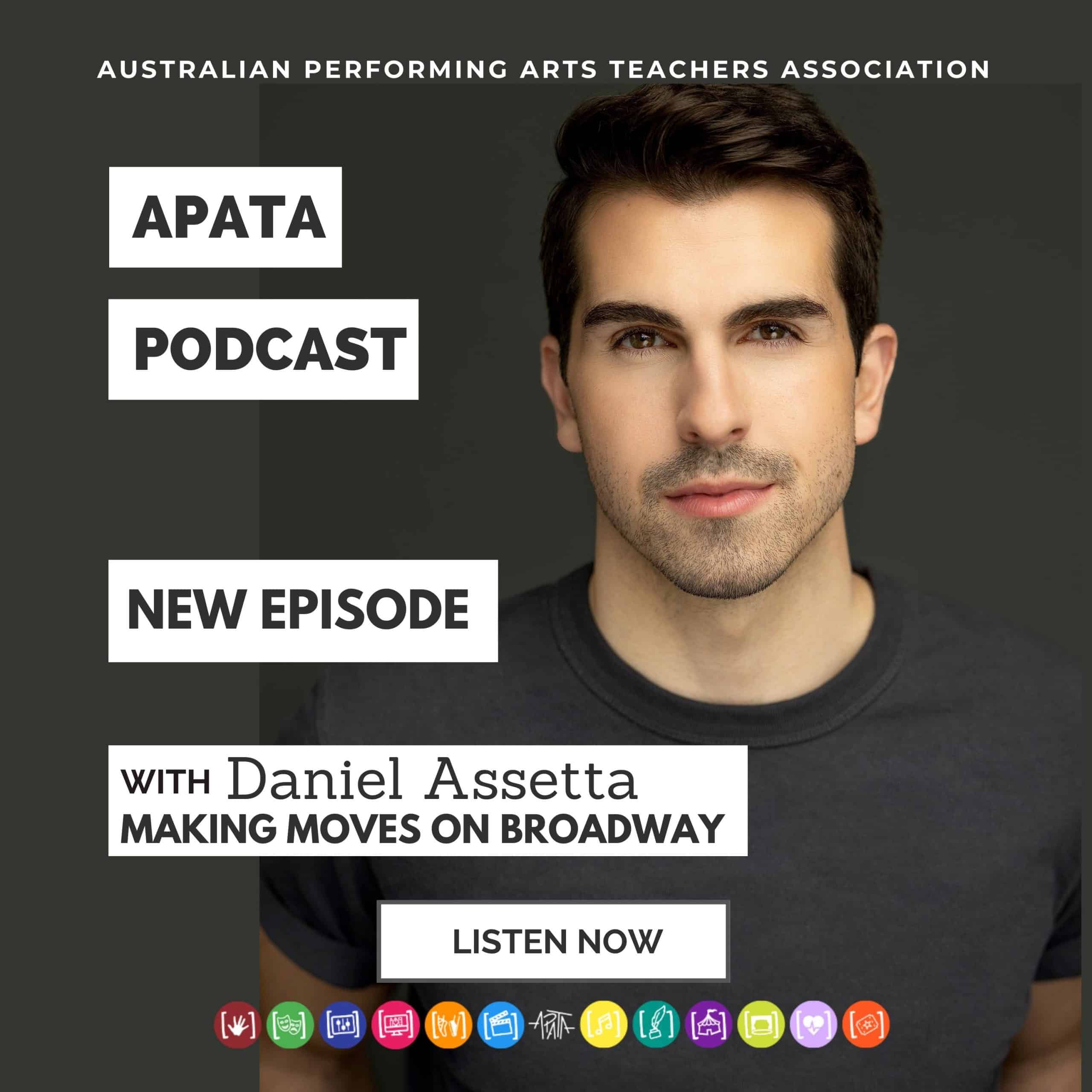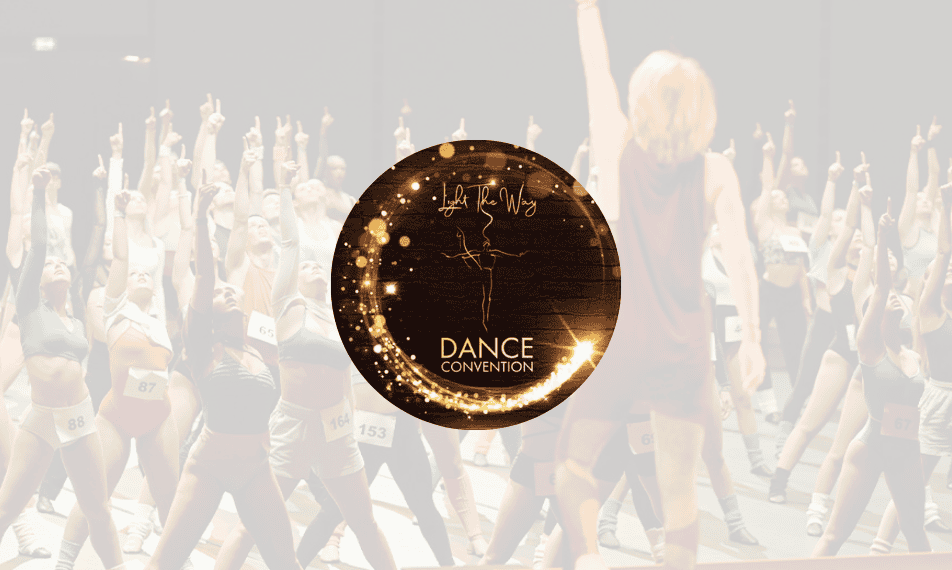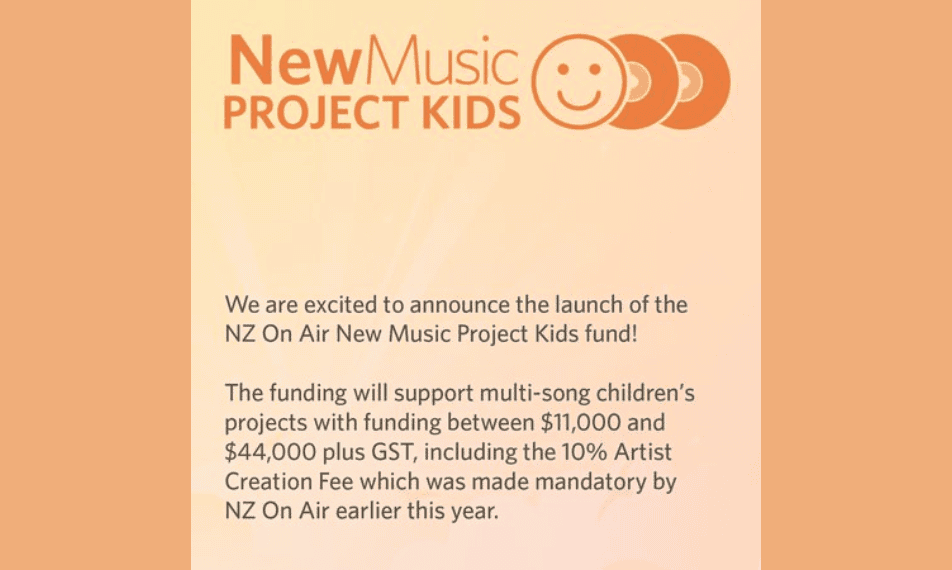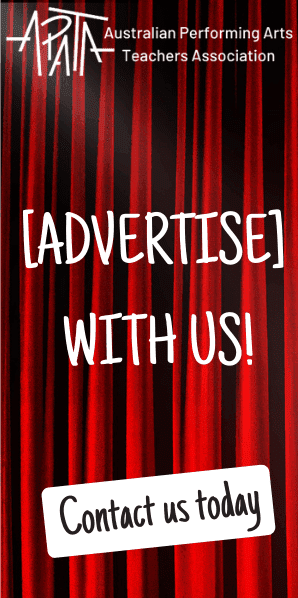
Culture, Connection and the Performing Arts with Janay Tauri
Posted by Team APATA | Sep 23, 2020
In modern day life how can honouring your cultural language and traditions be incorporated to build a flourishing career in the performing arts?
In Aotearoa your whakapapa – the many genealogical layers that make up who you are, informs your knowledge of language, culture and self.
As we examine culture, connection and the performing arts with a series of discussions we take a virtual trip across the Tasman to speak with Janay Tauri, from Te Matatini Kapahaka Aotearoa – New Zealand’s elite Māori performing arts festival, where competition is tough, and the judging even tougher.
In te ao Māori [the Māori world] when introducing yourself in a setting that requires it, you may recite your pepeha. Your pepeha is usually the first thing you learn on your language journey.
It is how you acknowledge your ancestry and connections to the land, but further to that it is how you then trace your whakapapa [ancestry] and discover the narratives of your iwi or tribes.
Similar to how First Nations people in Australia introduce themselves by acknowledging their country and the countries of their family alongside their name. The basic structure of pepeha states your mountain, river, harbour, marae, tribe, sub-tribe, region and the canoe in which your tribe arrived to your region.
Janay where did your journey in te ao Māori [the Māori world] and te reo Māori [Māori language] begin, was it at school?
When we moved back to Rotorua from Australia mum put me into a full immersion Māori primary school. I only lasted a term, before I then went to a bilingual primary school, Rotorua Primary, the same one she went to as a girl. I was in bilingual school for both primary [years 1-6] and intermediate [years 7 & 8] and they taught all subjects in Māori and English so that you had an understanding as you went along. I went to mainstream high school, which was another big change, but I was put into an accelerated class which was “pretty good for a Māori kid”.
At 13, because I was already bilingual, I was able to start the NCEA papers for te reo Māori at an early stage. This would usually start when you are 15. So, by the time I was 16 I had completed the entrance papers for university in te reo Māori which was a great head start.
Te reo Māori and Māori performing arts are a huge part of the culture of schooling in New Zealand. Besides choir, Kapa Haka is offered throughout all year levels. Anyone can join and in high school other Pacific Island dance classes are also available. I think a lot of Māori kids did Kapa Haka because it was often thought of as easier than learning te reo Māori in the classroom. By joining Kapa Haka you are still able to learn te reo and the narratives but in a more interactive way. Māori stories, or the narratives of our tribes from right across Aotearoa, are usually what the Kapa Haka songs teach us.
Where did you go next?
I went to the University of Waikato for the full emersion te reo Māori course. 5 days a week, 9am – 3pm, full-time, just like at school, so it was an easy transition. But if you missed a day, you could miss a whole element of learning, so you didn’t treat it lightly.
I used to watch a TV program here called Pukana, a youth magazine-style TV show, with 4 young Māori adult presenters who went to schools and did different challenges each week. It was a kids’ show that also gave you the low down on the current affairs and news, all in te reo Māori with no subtitles. I just remember wanting to be one of them when I was older. Then, while I was at uni I was like, hey, I can speak te reo and now I have a certificate to prove it, so all I need to do is learn how to be a TV presenter. I did some research and ended up at South Seas Film and Television School in Auckland. Their course was mostly hands on learning, yes, you learnt the theory, but you had lots of industry experience while studying for your Diploma.
During the week long introductory crash course to understand what they did and how they taught, I found out that they had stopped offering TV Presenting as a major subject the year before. But then at the crash course, I learnt about everything else that happens behind the scenes. I didn’t realise how much work it takes to make a TV show.
In the first term you had to try your hand at everything – camera operation, lighting, sound, production, script writing, directing, editing, presenting [which was a still a minor], taking turns in the art dept – costumes, make up, set design and props making. That way you figure out what you’re good at and what you like. A lot of people who went in originally wanting to learn one thing, say directing, realised, once they got to try the different roles, found out what direction they really wanted to go in. I liked editing and operating cameras mostly, but I was naturally really good in the art department which was such a broad area on its own. We learnt so many make-up styles and special FX, costuming, props-making & set design.
On Graduating from South Seas you moved into TV production, the majority of which was for Māori Television. New Zealand’s indigenous broadcaster which launched in 2004 “to significantly contribute to the revitalisation of the Māori language; and to be an independent Māori television service that is relevant, effective and widely accessible.” Tell us about your foray into TV.
When I finished at South Seas, I interned for a small production company in Rotorua, called Velvet Stone Media. Luckily during my time at film-school I had learnt about the various aspects of production, but I definitely learnt a whole lot more on the job. The shows we worked on were for Māori Television, delivered predominantly in te reo Māori, with the majority of interviewees speaking fluent te reo also. My first official credit was as a researcher for a Māori tourism show, called Pumanawa.
My knowledge of te reo Māori meant I also helped the editors to know where they could cut so they didn’t edit mid-conversation. There was a Māori cooking show, which visited families in various, off the grid places. I translated a Māori wrestling show, knowing absolutely nothing about wrestling. I had to send my work to Scotty Morrison, who, at the time was one of only a few qualified translators in NZ, who since, with his wife Stacey, have become two of New Zealand’s most prominent te reo Māori advocates. Luckily for me, my work only ever came back with very few corrections. So, maybe there is a future there for me in translating, but that would mean a whole lot of theory and paperwork which isn’t my favourite thing. Transcribing a television show with 4 panellists speaking fluently in te reo Māori was one thing that really tested my te reo skills, but I did it. I also had the chance to visit my Koro’s [Grandfather’s] marae in Tokomaru Bay with a show called Marae DIY. There I met some nannies who knew of my great grandmother and the Whakataka whanau, which was pretty special.
So, culture and knowing, what has been perceived in the past as a dying language, has played an integral part in your career in film and television production.
Definitely, and without me even knowing it!
Were you still a part of a Kapa Haka group at that time?
I did Kapa Haka all through school, culminating with performing with a senior Kapa Haka group, Manaia, at Te Matatini in 2009 before going off to university. Once I moved away from home to Waikato and Auckland I stopped performing competitively. Most people do Kapa Haka to connect back home. That is where you learn your waiata [songs], to learn your tribe’s narratives and to return back to your roots.
Living overseas, away from home a lot of people will seek out their culture and join the equivalent of a Kapa Haka group and maybe take Bollywood classes or Flamenco and Ori’Tahiti etc as a way of staying connected to their roots. You found that out pretty quickly when you arrived in London?
In London there is a Kapa Haka society called Ngāti Rānana. The original founder, Esther Jessop, had travelled by ship to the UK. She explained that all the Māori on the ship would get together and learn waiata and sing every night. When they arrived in London months later, they wanted to continue catching up and singing together. This led to the establishment of Ngāti Rānana. Soon after, they were being asked to perform all over London. At their first performance they had to be resourceful and made piupiu out of straws and string, and they have performed ever since. Now, they are a world renowned group with proper pari [women’s bodices] and real flax piupiu. So yes, I landed in London and went straight to the New Zealand Embassy where they hold Ngāti Rānana practises. I probably arrived at the ideal time too, because the Rugby World Cup had just started and was being hosted in the UK. Because I’d grown up in a Māori environment, I knew all the “bread and butter” songs that most Māori around New Zealand would know, so I could get up and perform alongside Ngāti Rānana right away and we had some incredible experiences at some amazing events all across the UK and Europe.
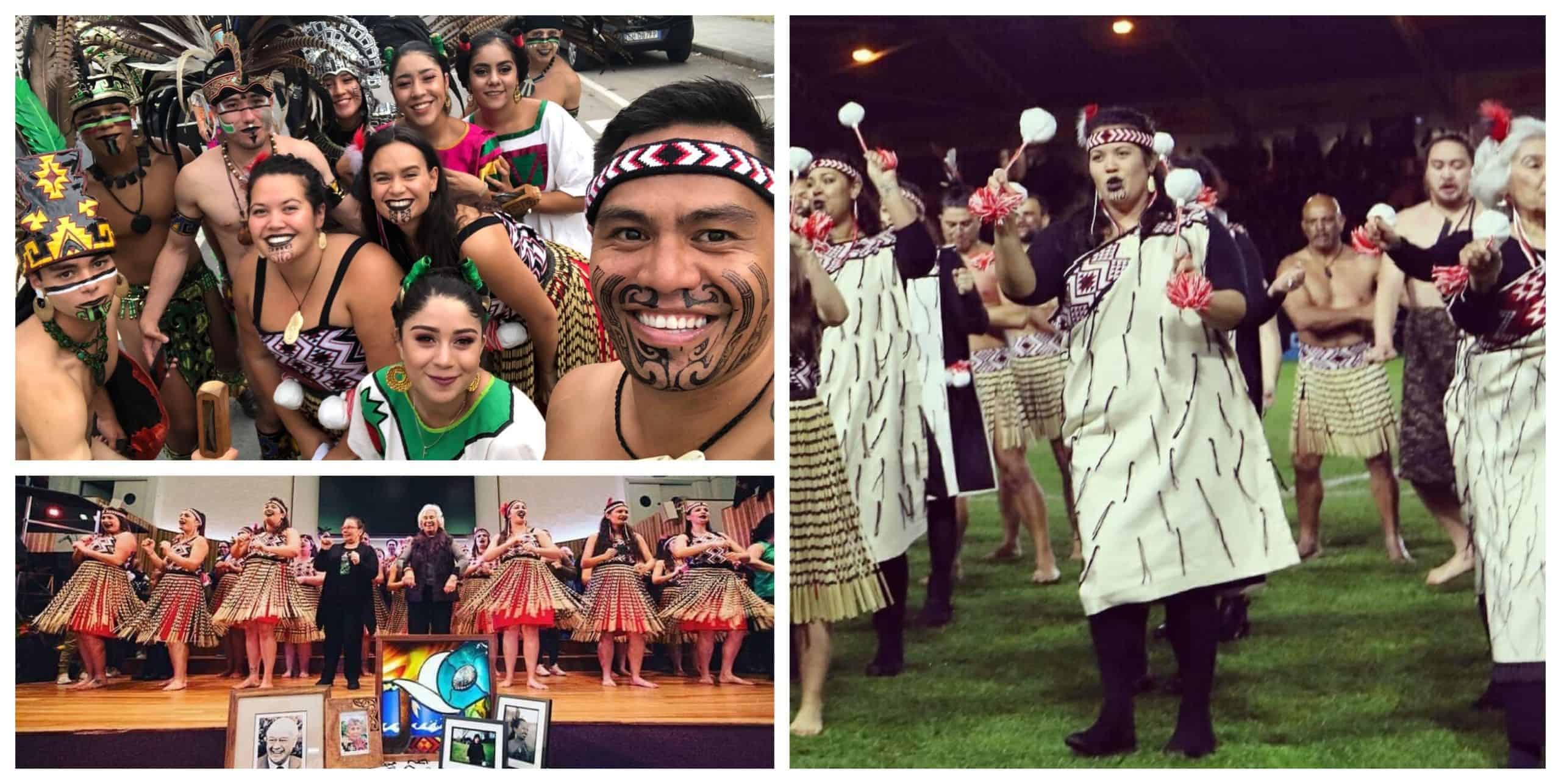
One of my best experiences came when I was living in Ireland and Ngāti Rānana had been invited to open the first ever New Zealand embassy there. Uncle Bruce, who was running the performance on behalf of Ngāti Rānana called me up and asked me to be a part of the opening. He also said that there would be an Irish Linguist, Aoife Finn attending the opening. Aoife had learnt te reo Māori online. She had wanted to learn te reo because she said it was similar to Gaelic in the way that we pronounce words phonetically. As Aoife would be doing a speech in te reo Māori, Uncle Bruce asked me if I would do a speech in Gaelic. So, I wrote 2 paragraphs of what I wanted to say and tracked down a fluent Gaelic speaker where I worked at the time in Dublin, at The Law Society of Ireland. He has the most Irish name, Cormac O’Culain. He couldn’t believe that I was going to the opening of the New Zealand Embassy, so I just said, “Oh, all New Zealanders know each other”. Well, he translated my speech for me and I asked him to record it for correct enunciation. For two weeks I listened to his recording over and over again while I read the words to get the enunciation right. This is how we learn waiata [songs] for Kapa Haka, adding arrows and notes for light and shade, when to take a breath etc. My goal for myself was to know the speech off by heart without having to read it and I did! Which was a real triumph.

So now you are back in New Zealand and working for Te Matatini.
Yes, Te Matatini is the name of the biennial National Senior Kapa Haka Māori Performing Arts Festival. It was first held in Rotorua in 1972. Rotorua then and now is still regarded as the epicentre for tourism, Kapa Haka and Māori performing arts here in NZ. I remember explaining to someone that for some people in Rotorua performing in Kapa Haka concerts is a full-time job. Some people could be performing up to 8 times a day at the various hotels around Rotorua. They live and breathe Kapa Haka and hosting and performing is second nature. It really takes a lot of time, effort, dedication and funding to take a group to complete at Te Matatini level. It is the pinnacle to perform on the Te Matatini stage, it really is the home of excellence in performing arts in New Zealand. Te Matatini actually started as a multi-cultural performing arts festival. Not only featuring different cultures and their song and dance, but instrumentalists, acting and workshops as well. In the climate of the world at the moment and with so many events having had to cancel or postpone, like Te Matatini, it would be great to have one festival to encompass all of New Zealand’s cultures across all disciplines of performing arts in the near future, however that may look.
Janay, thank you so much for sharing your culture and journey so far with us. For any educators and students and especially those identifying as being a part of the global First Nations community what would your top tips be regarding culture and the performing arts.
- For a first nations person, knowing your culture and language can help you in so many different ways, that may seem unimaginable. Performing arts has taken me to so many parts of the world, and has entwined itself into all of my work, and having an anchor in te ao Māori has played a huge part in that too.
- Do what you love and what you’re passionate about. A lot of kids aren’t aware that they can make a living by doing just that! I worked out for myself that it would take knowing my language and getting into film school to create my pathway to
- Make connections and network everywhere you go with as many people as you can, because who you know is everything. The Chief Executive of Te Matatini was at the NZ Embassy opening in Ireland and he remembered meeting me there. He saw my appreciation for my own culture and that of others and shared his vision for Te Matatini.
What does your whakapapa mean to you?
Everything!




